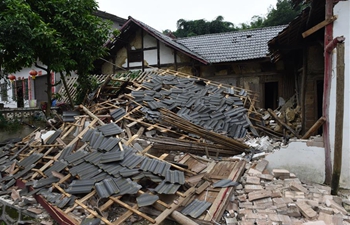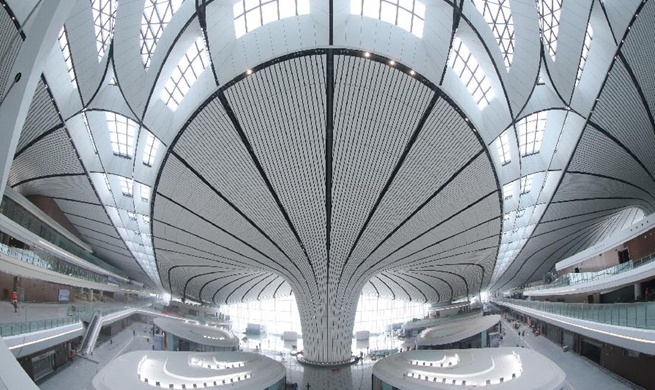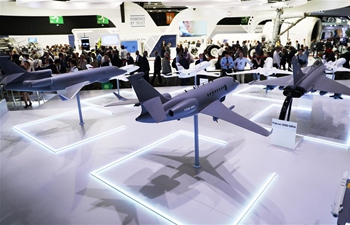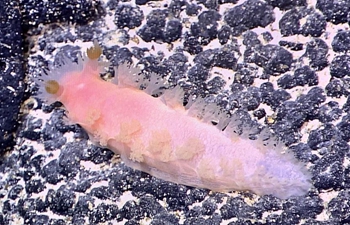SYDNEY, June 19 (Xinhua) -- A 15-year-old boy who shattered his skull falling from a cliff on the east coast of Australia in March, will undergo groundbreaking surgery in Brisbane this week as doctors look to repair his injuries with a 3D printed cranial implant.
Spending time with friends in Byron Bay, the teenager began to scale a clifftop at Cape Byron headland, but 15 meters above the ground a section of rock gave way, and the boy plummeted to the rock shelf below.
The boy's friends and two fisherman offered their assistance to the boy for over two hours before a rescue helicopter arrived at the scene.
Requiring immediate life-saving surgery, the impact had caused bone fragments from the teenager's skull to become lodged in the left side of his brain.
With the boy in coma, emergency surgeons at the Gold Coast Hospital elected to leave head wound open so the teenager's brain could continue to swell unconstricted.
Now on the mend with an extensive amount of rehabilitation, the teenager is all set to receive a brand new skull.
Made out of high-density porous polyethylene material that is bioinert -- so it is not rejected by the body -- the design was constructed by Melbourne-based biotech firm Anatomics.
"So we got a CT scan from the patient, then we reverse engineered the bony defect and manufactured it into the cranial implant. The surgeon will then implant this cranial implant to reconstruct the bony contour," Gibran Mahar, head of global sales at Anatomics, explained to Xinhua on Wednesday.
While the process may appear straightforward in description, the technology, cooperation and expertise involved in the development process of the skull is staggering.
"With about 35 staff we go through the designing processes, manufacturing techniques, the 3D printers and there's also an Information Technology infrastructure involved as well," Mahar said.
"So it is pretty complicated and there's about four departments that all have to work together to be able to manufacture something like this."
According to Mater Hospital neurosurgeon Rob Campbell, who is set to perform the operation, the world class technology "mimics natural bone with its elastic capability and strength, allowing tissue to grow in and incorporate the implant to the skull," he told the Australian Broadcasting Corporation.
With the ability to revolutionize and transform the field of medicine, 3D printing technology also holds massive potential when it comes to a range of other sectors too.
"It just allows a lot quicker prototyping," Mahar explained. "It'll lower manufacturing costs of smaller run items, It allows adaptability within traditionally, really stagnant industries, and it allows businesses to scale up quickly as well."













